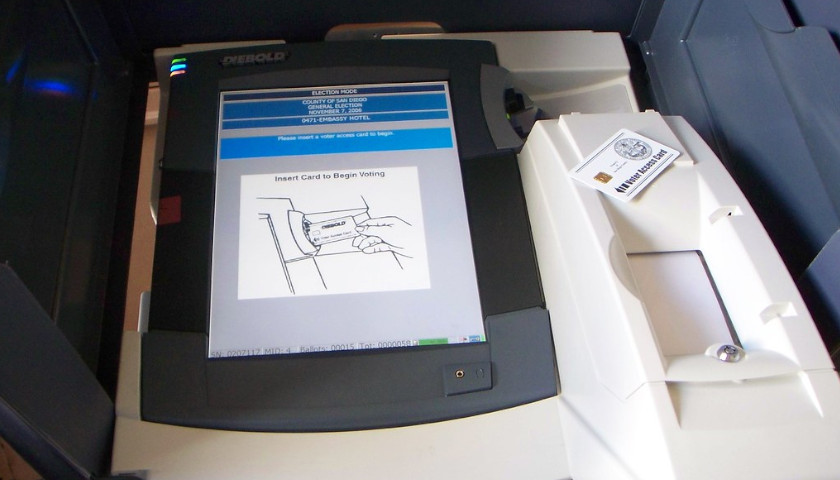by Scott McClallen
A new report from the Reason Foundation recommends Michigan update its telehealth laws from temporary pandemic policies to permanent status.
When COVID started, Gov. Gretchen Whitmer signed Executive Order 2020-86, which expanded telehealth options for Michiganders by authorizing and encouraging health care providers to use these services when appropriate and after getting consent from patients. The order took effect immediately and continued through June 10, 2020.
But like many states, those changes were only temporary.
The 2023 State Policy Agenda for Telehealth Innovation report says lawmakers should enshrine what were temporary telehealth changes into law.
“During the COVID-19 pandemic, patients discovered and utilized a variety of telehealth options that offered flexible, affordable, and high-quality care, and those options shouldn’t be taken away,” Vittorio Nastasi, a Reason Foundation policy analyst and study co-author said in a statement. “States need to improve their laws so patients have as many quality care options as possible and the future health care system can become more patient-centric.”
The report ranked states via colors based on four areas, with green as the best and red as the worst.
- Patients can access all forms of telehealth: State laws and regulations should define telehealth in broad terms that do not favor one mode of telehealth over others or preclude future innovation in care delivery. This is called modality neutrality.
- Patients can start a telehealth relationship by any mode: State laws and regulations should not prohibit patients from initiating a relationship with a telehealth provider via their preferred modality.
- Patients face no barriers to across-state line telehealth: State laws and regulations should not prevent patients from accessing virtual care from providers licensed in other states.
- Patients can see many kinds of providers over telehealth: State laws and regulations should allow providers to practice at the top of their license to take the next step toward a more quality-oriented, affordable, and innovative health system.
Michigan ranked yellow for modality neutrality, green for patients being able to start telehealth relationships by any mode, red for barriers across state line telehealth, and red for independent practice.
The report recommended states update their telehealth law “to ensure clear laws and guidelines are in place for innovation to emerge so that patients and providers can benefit from this helpful tool in any care delivery toolbox.”
The report said, for many patients, cutting off telehealth “is the difference between them receiving care in this manner versus no care at all,” the report said.
– – –
Scott McClallen is a staff writer covering Michigan and Minnesota for The Center Square. A graduate of Hillsdale College, his work has appeared on Forbes.com and FEE.org. Previously, he worked as a financial analyst at Pepsi.
Photo “Telemedicine” by Intel Free Press. CC BY-SA 2.0.








